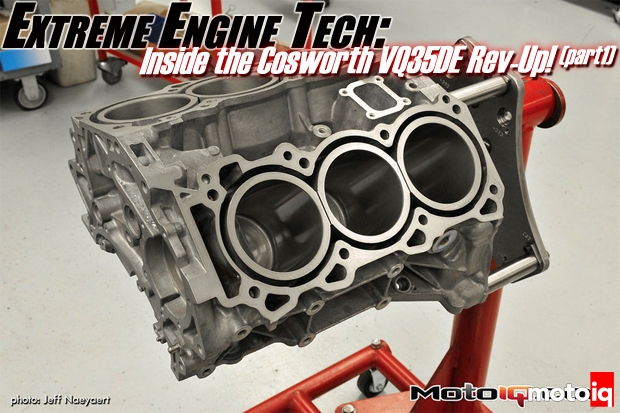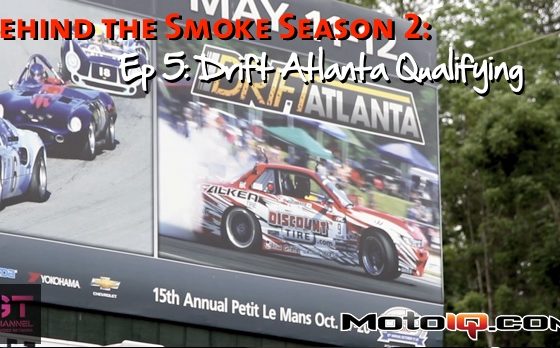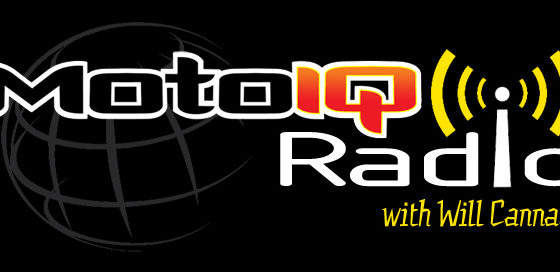,
 |
|
Of course for pistons we used were none other than Cosworth's forged alloy parts. Cosworth pistons are forged from their own proprietary alloy which is a high silicon aluminum much like our 4032. High silicon alloy has the advantage of being more dimensionally stable at high temperatures than low silicon alloys like 2618 which means tighter piston to wall clearances are possible for lower noise, better ring seal and better long term wear. A disadvantage of 4032 is that it is brittle and not as tough as 2618 thus it tends to crack under load. Cosworth's alloy is much tougher than our 4032 and has a high silicon content for good dimensional stability. Much of this is due to Cosworth's extremely high pressure forging method and careful control of forging temperatures, lending properties that are the best of both worlds. Due to their proprietary alloy, Cosworth pistons can run piston to wall clearances as tight as 0.003″. Cosworth polishes their piston domes to eliminate sharp points where detonation can start and to reduce carbon sticking. Our pistons have a lustrous grey look to them because we had the domes, ring grooves and pin bores WPC treated. WPC is the Japanese micro shotpeening process that greatly reduces friction while increasing both wear resistance and fatigue strength. Cosworth piston pins are made of super strong tool steel and are very short to reduce weight. Cosworth makes the pin bosses as close together as possible to better support the pin so it is less likely to flex and can be built lighter. We also WPC treated the pins. The pins are retained with round wire locks. |
 |
|
Looking underneath you can see Cosworth's near net shape strut type forging. The basic forging geometry is determined by careful FEA analysis. This means there is less material where it is not needed making a lighter piston with less grain disrupting post forging machining for more strength. You can see how close the pin bosses are next to each other. You can also see the relief for the engine's oil squirter on the back. The Cosworth pistons also have an offset pin bore to reduce piston slap noise as well. This is a feature found in many OEM piston designs but unusual in an aftermartket piston. Cosworth piston skirts are also ground with an asymmetrical profile as a piston expands unequally under the heat of use. This reduces skirt scuffing and noise. The profile is developed from computer modeling and refined and validated with extensive dyno testing to see how the piston wears under hard use. |
 |
| The green coating on the piston skirts is called Xylan. It was developed for F1 engines and give lubricity and lasts a long time. The grooves in the piston above the first ring land are called anti detonation grooves. They are there to minimize the effect of fuel puddling in the crevice area of the piston and to reduce scuffing of the top of the piston under extremely hot conditions. The grooves work by reducing contact area and by maintaining dimensional stability by giving an expansion area. This reduces the amount that the piston will grow in this area under high heat loads. |
 |
| Cosworth piston rings are very high quality. The top ring is narrow at 1.2mm, it is low tension with a barrel profile. It is chrome faced and has a 20% higher tensile strength than typical. The second compression ring is a 1.2mm wide low tension ductile iron with a hooked face Napier profile which beds quickly and has better oil control. The oil rings are 2.5mm low tension with chrome facing. The rings are long lasting and quick seating with low friction. |
 |
| The Cosworth main bearings are a tri metal type with a steel backing with an overlay consisting of a lead tin alloy over a nickel lead alloy over copper. This triple layer system gives the high load bearing capacity of a hard alloy bearing with the good embedibilty of a softer bearing. We WPC treated our bearings after seeing data where WPC treatment was able to increase the load bearing capacity of bearings from 20-25%. |
 |
| The Cosworth rod bearings are tri metal just like the mains. We also WPC treated them. The dull appearance of the bearings is due to the WPC treatment. |



